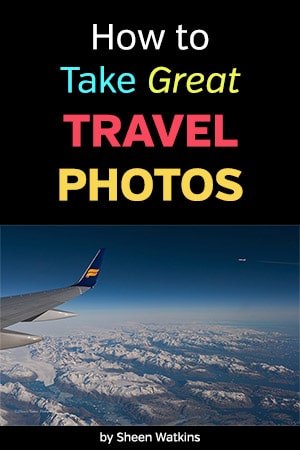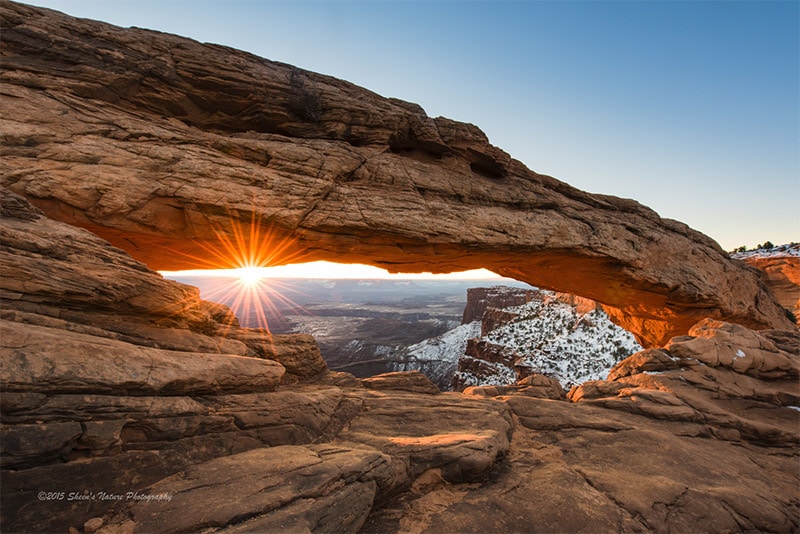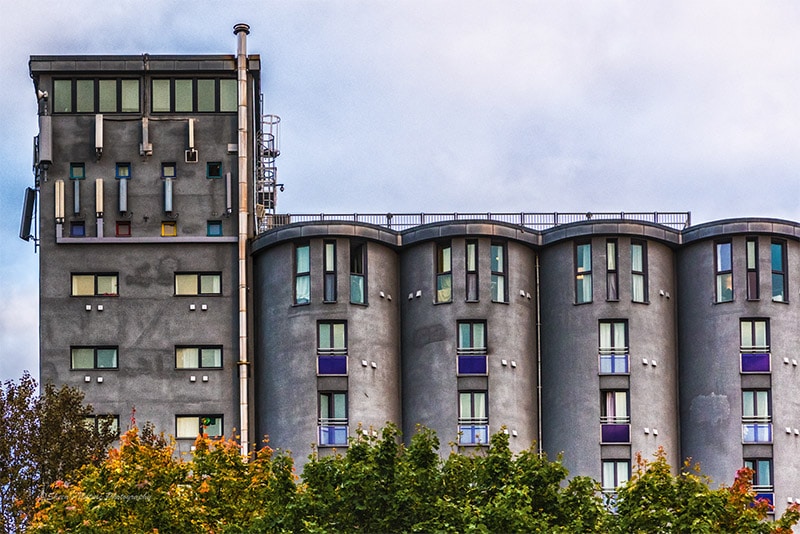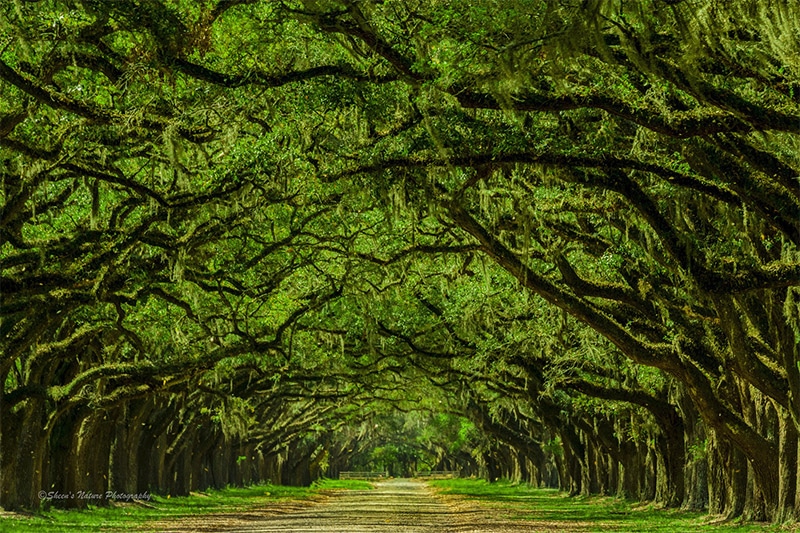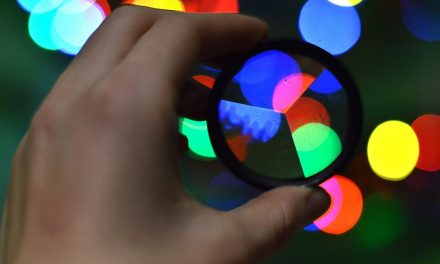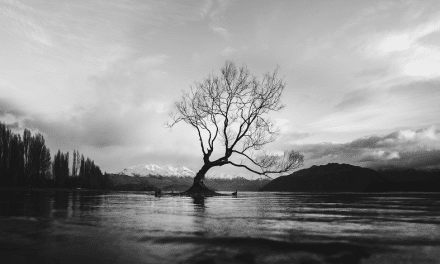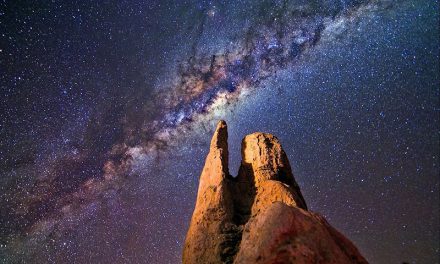Travel photography offers the photographer a rich and rewarding experience. Being very prepared versus having some information will make a huge difference in productivity and the overall experience.
Many of us spend our time immersed in locations that are not too far away from home. When we get travel to new destinations it is both fun and a bit chaotic. Airports, what to pack, rental cars, trains, driving directions and sleeping accommodations require planning. Those activities alone take time, cost a lot of money and can be stressful when seeking a new place.
Then, there’s the actual ‘art’ of planning the travel experience. Where to go. What to photograph. When is the best time of day for the light for your shoot. Do you want to shoot the ‘iconic’ scenes, explore different venues, or both?
Investing our time researching and planning the photography itinerary can make the difference in returning home with a few great images or many.
Here’s 5 considerations that will help photographers maximize their photography time and save money.
1. Research Travel Photography & Logistics Options – in advance
Are you a road warrior, air/train aficionado or a bit of both? When flying or taking a train, it pays to research airlines directly, travel agencies and travel apps.
I recently made the trek to Norway from the United States. By researching air carriers using online booking agencies combined with with a little flexibility in airports, I was able to save $500 on my airfare. That’s the equivalent of a teleconverter, a few filters or a prime lens!
Plus through an online booking agency, I was able to pick and choose hotels, locations based on price and ratings. This also put all of my travel information in one site which made finding reservations, directions and making adjustments very easy.
If driving, I highly suggest printing your routes and keeping them in the car. There are times when cellular coverage can be spotty.
Whether driving or flying, if you’re headed to a big city that relies on trains, check out the train and local transportation routes in advance. Knowing how to get to your planned destinations, the stops closest to your hotel will give you more time to search for hidden, unexpected photography treasures.
Safety tips: 1) Print or email a copy of your travel plans and leave them with a trusted neighbor, family member or co-worker. This ensures that someone can reach you in the event of an emergency. 2) Take photos or copies of your passport, drivers license, credit cards and medical cards and store them in one of your cloud apps as a backup.
2. Search social media sites for images of your destinations
There’s a huge amount of data available for just about every location you can imagine. To get ideas on where to go and what you may see, location searches on Pinterest, Flickr, Facebook and Google Images will supply a plethora of images and guides. The search results may help validate what you want to photograph and offer ideas for other locations to explore.
3. Take Advantage of the Work Already Done
Many photographers have written white papers, online articles, short ebooks and photo guides. Here at Loaded Landscapes, we have created photography guides for each state in the U.S., plus each Canadian province and territory, and other locations coming soon.
Additionally, travel writers and photographers have written extensive site specific guides. These guides outline locations, GPS coordinates, time of day for optimal lighting and much more dependent on the writer (see all of our guides here). These guides can be incredibly helpful for planning your own trip.
4. Hire a Local Photography Guide
If traveling to a new location and you have a limited amount of time, local tour guides can help you find locations and hot spots quickly. Reach out to local camera clubs for suggestions of guides and tips.
5. Travel Photography Workshops
Combine learning an area, learning new techniques, accessing photography hotspots faster and improving personal safety through a photography workshop. As someone who conducts local workshops, I’m a believer that you learn from the instructor and other attendees.
I recently went to Norway for a workshop with Nature Odyssey Worldwide Tours led by Nathaniel Smalley combined with a side vacation. The workshop was a great way to capture images that I wouldn’t have found on my own. Look for an upcoming Loaded Landscapes article on considerations in selecting workshops.
6. Have a Travel Photography Plan
If you’re going on vacation to relax and hang out on the beach, a detailed plan (other than restaurants) may not be needed. To maximize your time and the photography opportunities, a solid plan will make a difference. Knowing the time of day, how the sun hits targeted areas, geo coordinates will save minutes, if not hours. Your travel photography time is precious and limited.
A plan doesn’t guarantee great images but it does improve the odds.
7. Be Flexible
This tip is not about the schedule, it is about your photographic eye. Having a plan is important. At the same time, if we stick to our plan too much we may miss interesting subjects and moments along the way. Stop and ‘photograph’ the roses. Plus, prepare for the unexpected. If you’re planning to shoot sunrises and moonrises but the week is filled with rain and clouds, what is your backup plan?
Before venturing off to a destination, check out Christina Harman’s article How to Keep Your Gear Safe. She shares eleven effective tips that apply to all of us who travel with our gear.
